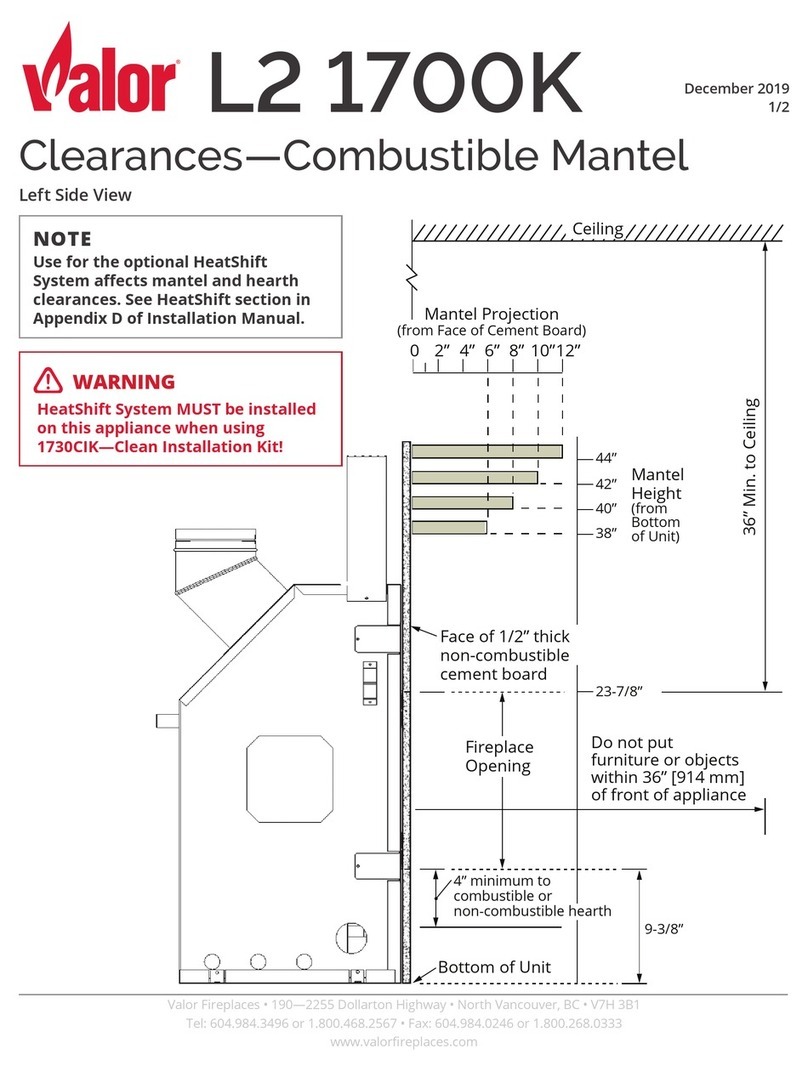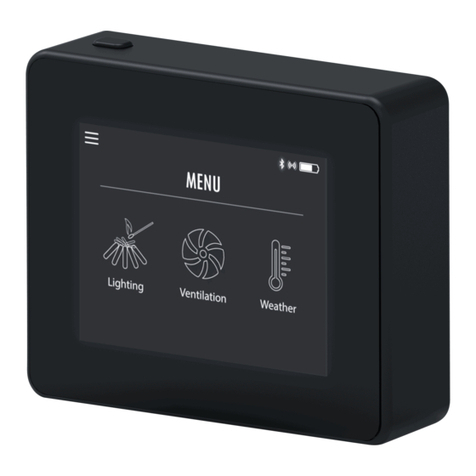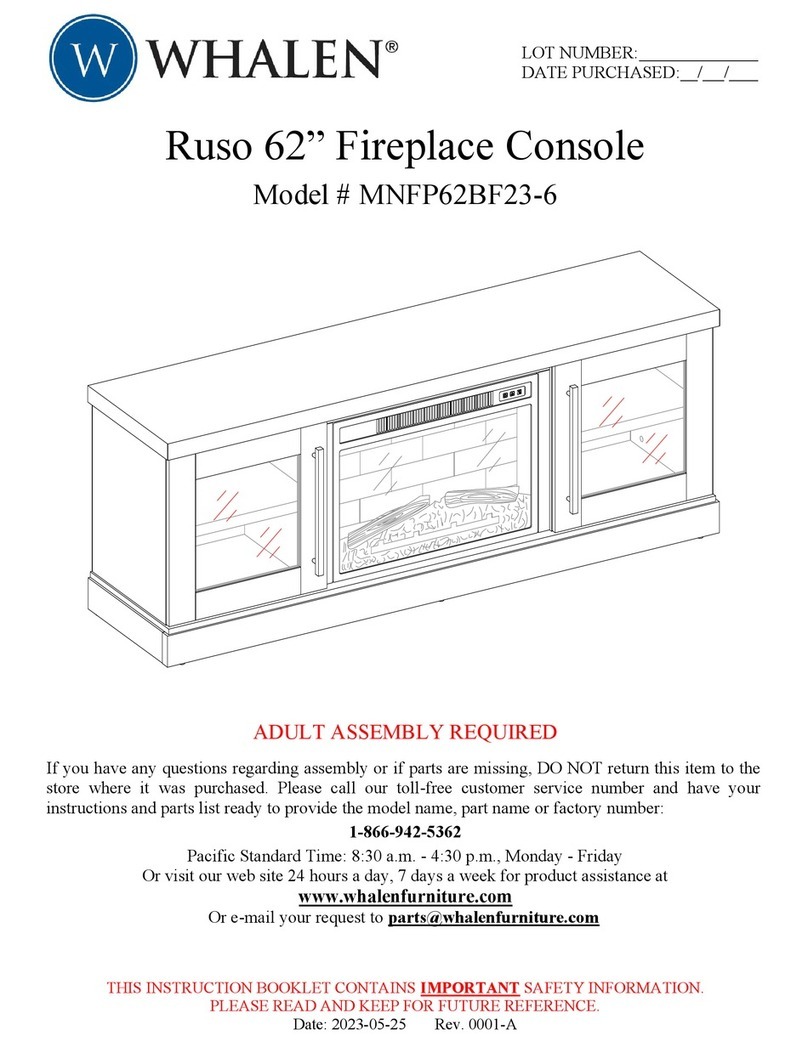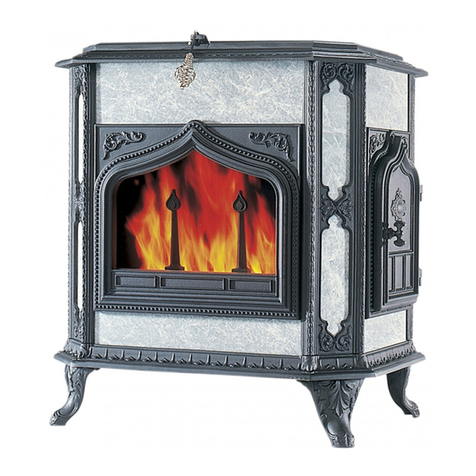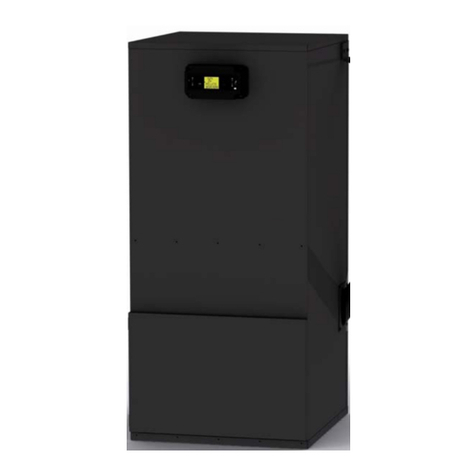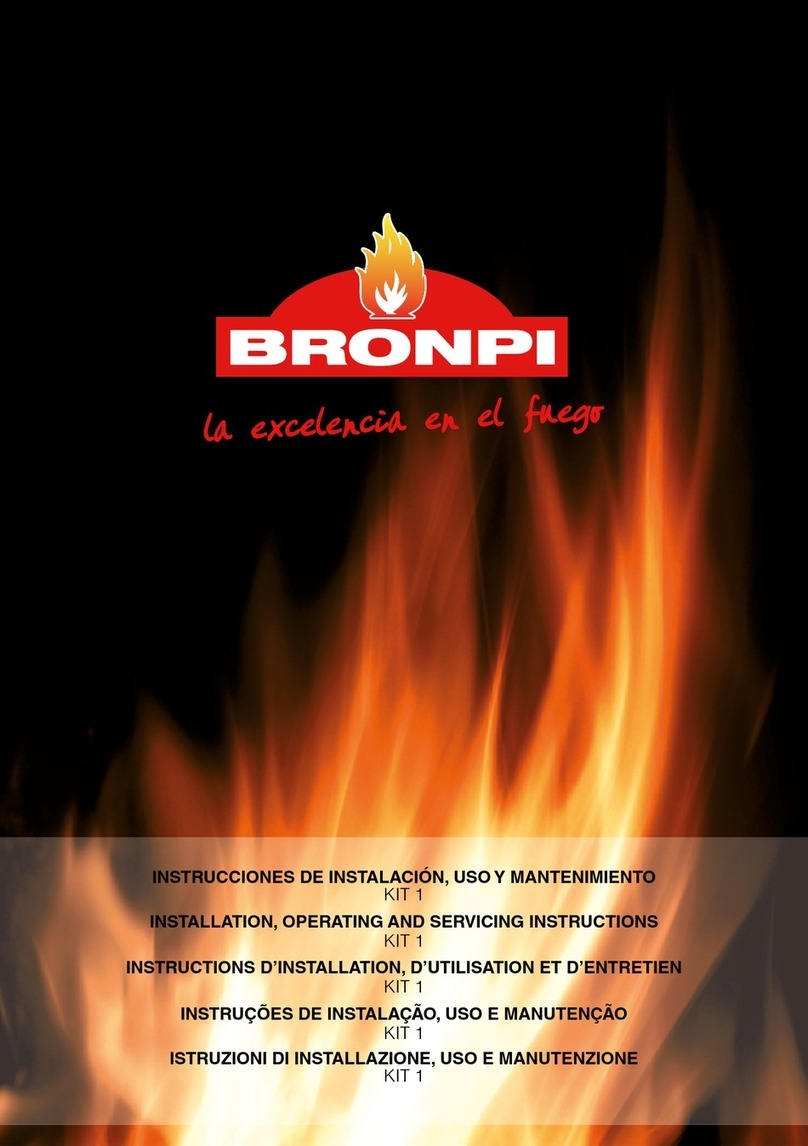Sirocco Eco4 MKIII Guide

1
Model
Design options
Apex, Adjusta, Aleda, Black-Watch, Cristal, Contemporary, Fairfield,
Liberty, Caledonian, Lux, Ignite, Maine, Mystique, Pinnacle, Sirius
Westerly, Verto
Installation and User Instructions
Please ensure you read both the Fire and the Fascia instructions before starting the
installation.
All instructions must be handed to
user for safekeeping
This is not a DIY product and must be
installed by a Gas Safe registered
installer
Edition D 05/17
Country(s) of destination - GB/IE
Eco4
MkIII

2
INSTALLATION INSTRUCTIONS
These Notes Must Be Read Before Installation
This appliance is an Inset Live Fuel Effect appliance that provides radiant or combined radiant
and convected heat; it cannot and should not be used as the main heating source within a
property.
The appliance is designed to fit most types of fireplaces with a natural draught flue as listed
in the Installation Requirements.
The appliance must be installed by a competent person in accordance with the Gas Safety
(Installation and Use) Regulations 1998.
A Gas Safety Registered installer must be used for this purpose.
Read all these instructions before any installation takes place and in conjunction with the
appliance on site.
This appliance must be installed in accordance with the rules in force and only used in a
sufficiently ventilated space.
This appliance is factory set and tested for operation on the gas type, and at the pressure
stated on the appliance data plate.
After a new gas appliance (excluding flueless cookers) has been fitted, the Building
Regulations in England and Wales require that the installation must be notified to your Local
Authority. Your Gas Safe registered engineer needs to do this, failure to register the appliance
may affect your warranty
OPENING THE APPLIANCE
Stand the carton the right way up, open the box from the top.
Read all the instructions before continuing to unpack or install this appliance.
Remove the bags containing ceramic components such as coals or gravel etc. Remove the
cardboard packing pieces, and any other bags or boxes containing fittings or other parts.
When all loose parts have been removed, the appliance may be lifted from the outer carton.
Check that the components supplied correlate with the component checklist below.
If for some reason any of the listed components are missing or damaged do NOT commence
with this installation, in doing so will invalidate your warranty.
Please dispose of all the packaging materials at your local recycling centre.

3
CONTENT CHECK LIST
Quantity
Description
1
Firebox and Burner Tray
1
Decorative Trim/Frame
1
Fire Fret/Front
1
Fuel Bed
1
Cable fixing kit; 1 cable, 1 tensioner, 1 cable clamps, 3 fixing eyes.
1
Lengths of adhesive sealing strip.
1
Set of manufacturer’s instructions and warranty card.
3
Raw Plugs
INSTRUCTIONS CONTENT
Section
Contents
Page No
1
Important Notes
4
2
Installation requirements
5
3
Appliance Information
6
4
Ventilation
7
5
Site Requirements
7 to 9
5.1
Pre-Fabricated Flue box
9
6
Debris Space
10
7
Installation of appliance
10 to 12
7.1
Preparing the Opening
13 to 15
7.2
Fitting the Burner Tray
16 to 17
8
Fuel Bed
17 to 22
9
Fitting the Outer Frame/ Trim
22
10
Commissioning the Appliance
23
10.1
Operating the Appliance
23
10.2
Spark Failure
23
11
Setting Pressure
24
12
Spillage Monitoring System
25
13
Testing for Spillage
25 to 26
14
Briefing the Customer
27
15
Servicing
27
16
Cleaning the Coals
28
17
Troubleshooting Guide
29
18
User Instructions
29 to 32
19
Warranty Details
33
20
List of Spares
34 to 38
Contact details
39 to 41

4
Section 1: IMPORTANT NOTES
This fire is an Inset Live Fuel Effect Gas Fire providing radiant warmth. It is designed to
operate on Natural Gas or LPG.
It is the LAW that all gas appliances and fittings are installed by a competent person such as
a Gas Safe Registered fitter and in accordance with the Gas Safety (Installation and Use)
Regulations 1998, the relevant British Standards for Installation, Codes of Practice and in
accordance with the manufacturers’ Instructions.
The installation shall also be carried out in accordance with the following regulations:
The Building Regulations issued by the Department of the Environment, the Building
Standards (Scotland)
(Consolidation) Regulations issued by the Scottish Development Department.
BS 1251
BS 4543 part2
BS 5440 parts 1&2
BS 5871 part 3
BS 6461 parts 1&2
BS 6891
BS 8303
Failure to comply with these regulations could lead to prosecution and deem the warranty
Invalid.
This appliance must be installed in accordance with the rules in force and used only in a
sufficiently ventilated space.
Consult all instructions before installation and use of this appliance.
The appliance must be registered once commissioned with the regulatory governing body.
This appliance is free from any asbestos material. Refractories and coal bed are constructed
from ceramic fibre.
Note - For Republic of Ireland, reference should be made to the relevant standards
governing installation, particularly in regard to flue sizing and ventilation. See
IS813, ICP3, IS327 and any other rules in force.

5
Section 2: INSTALLATION REQUIREMENT
This appliance MUST NOT be installed into a bathroom or shower room, or where steam may
be present.
An extractor fan must not be fitted in the same room or space as the appliance as this can
affect the safety of the appliance.
The fire has been designed to fit into a fireplace or builders opening conforming to BS 1251
(and meeting certain dimensional requirements), or a suitable flue box complying with the
constructional requirements of BS 715.
A natural draught flue system is required, and if previously used for solid fuel or oil burning,
the flue and chimney must be swept prior to appliance installation.
The flue must be checked before installation by using a smoke pellet or similar to ensure
proper draw and that leakage is not evident at any joints. Repair and re-test as necessary
before the appliance is installed.
Any flue box used must be installed onto a suitable non-combustible insulating surface at
least 12mm thick, covering the entire base area of the box.
The flue must have an effective height of at least three metres, as measured from the hearth
to the top of the flue.
Any flue damper plates or restrictors must be removed and no other restriction fitted to the
flue. Where removal is not practical, the restriction must be fixed in the fully open position.
The flue must be connected to only one fireplace, and the flue must not vent more than one
appliance.
There must be no opening in the flue apart from the one that the appliance is installed into,
and the one venting the gases into the air. A suitable terminal may be fitted, such as class
GC1, as regulations allow.
Some of our appliances have been tested for use in a pre-cast block flue complying with BS
1289.
In accordance with BS1289 part 1, pre-cast flues built with directly plastered faces (front or
rear) are not correctly installed as to ensure proper operation with any type of gas fire.
Depending on the flue construction, on occasions the temperature reached can cause
cracking of the surface plaster through no fault of the appliance.
An air gap or some form of insulation material should be installed to prevent normal flue
temperatures from damaging wall surfaces.
This appliance is suitable for use with a surrounding area or back panel of 150C minimum
rating.
Table of contents
Popular Fireplace Accessories manuals by other brands

Town & Country Fireplaces
Town & Country Fireplaces 22150051 instructions
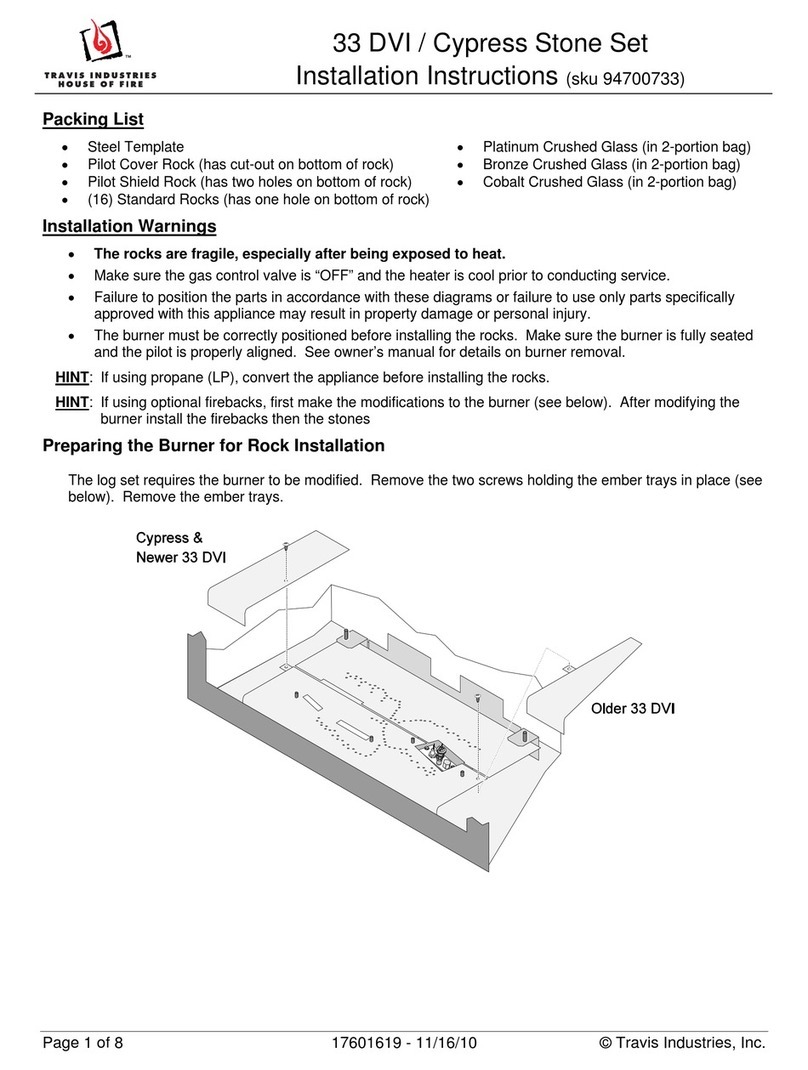
Travis Industries
Travis Industries 33 DVI installation instructions

Lopi
Lopi Hearthview 864 user manual
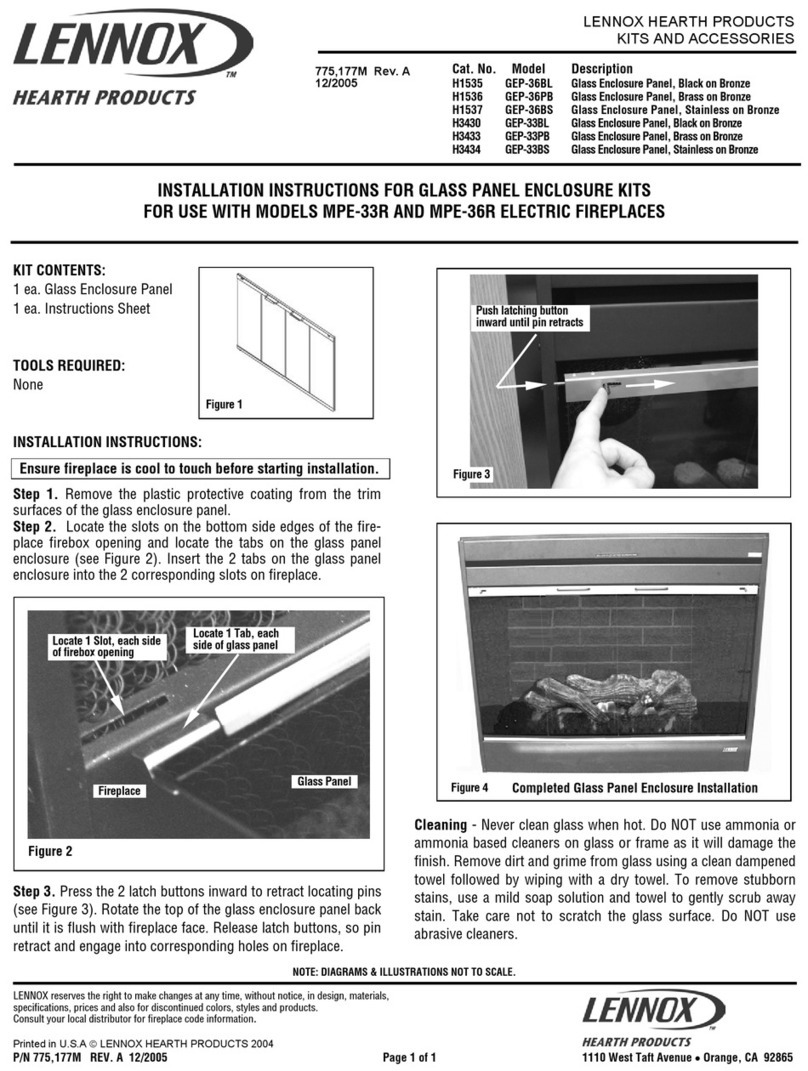
Lennox Hearth Products
Lennox Hearth Products LENNOX MPE-33R installation instructions
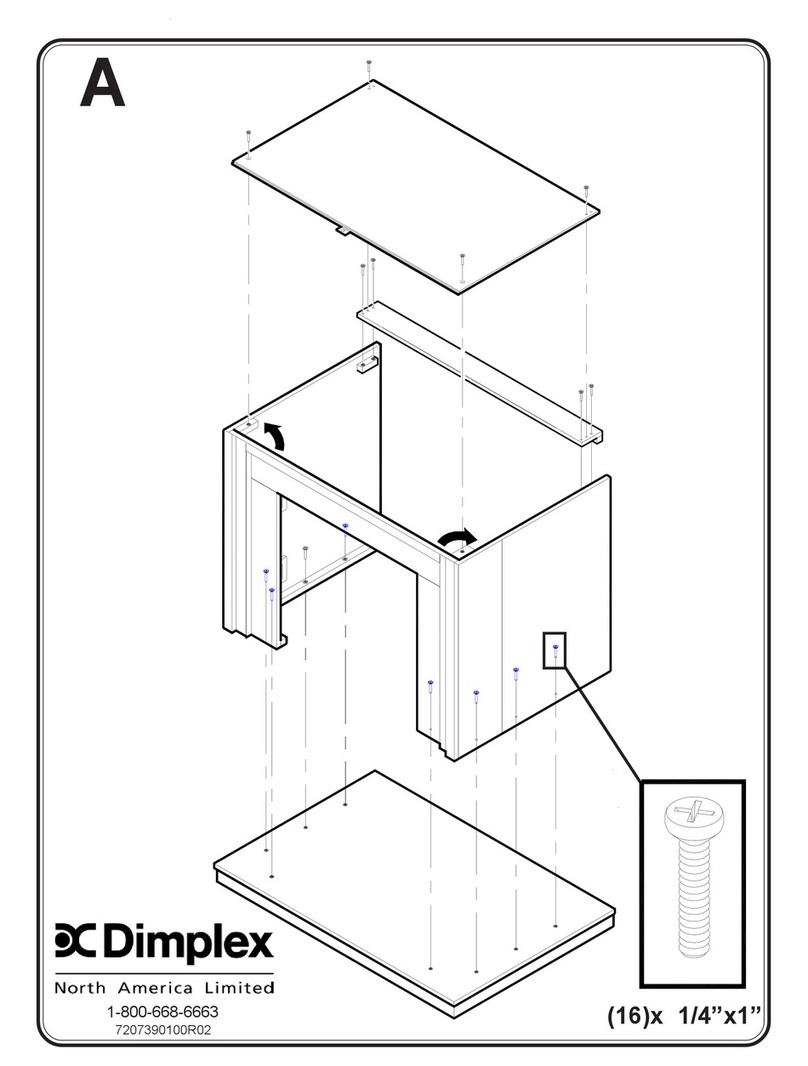
Dimplex
Dimplex DFP6776C install guide
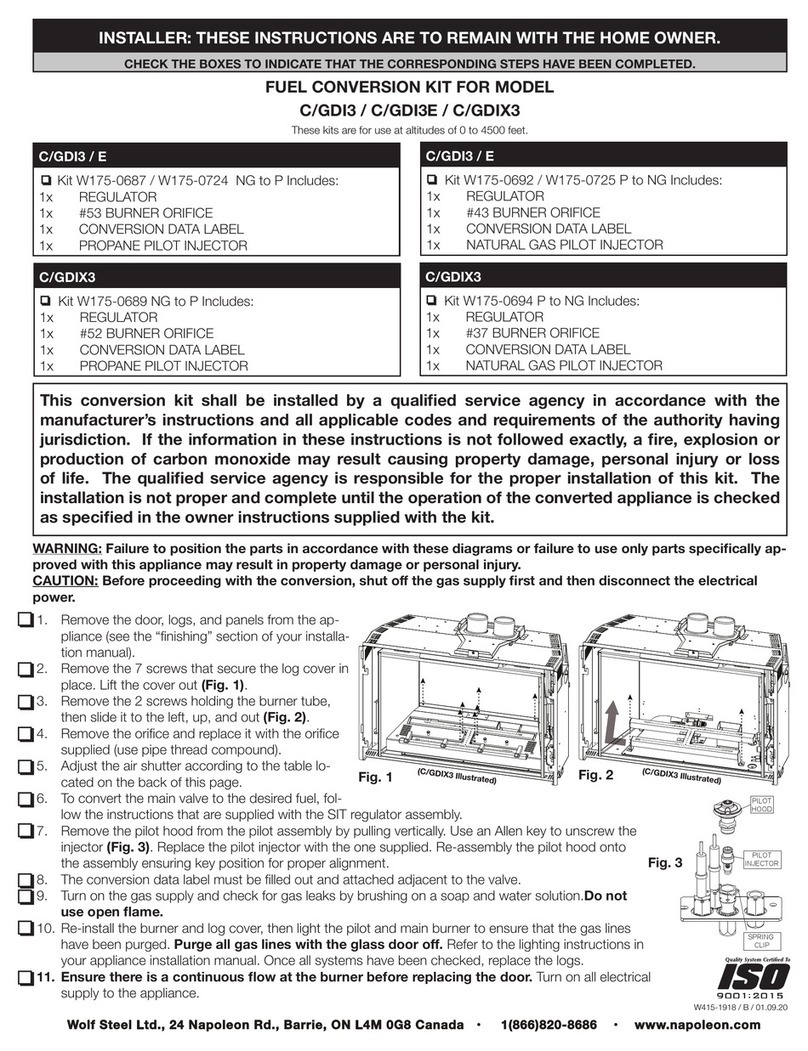
Napoleon
Napoleon W175-0689 instruction manual
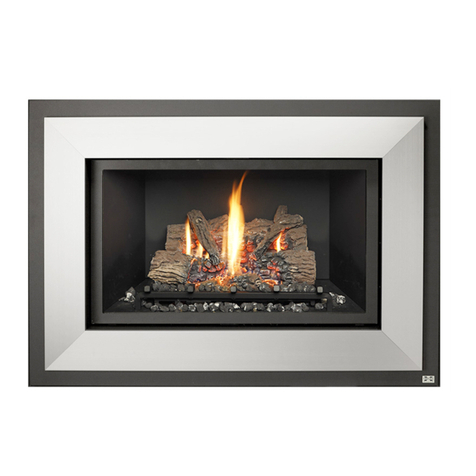
Travis Industries
Travis Industries 95400424 installation instructions
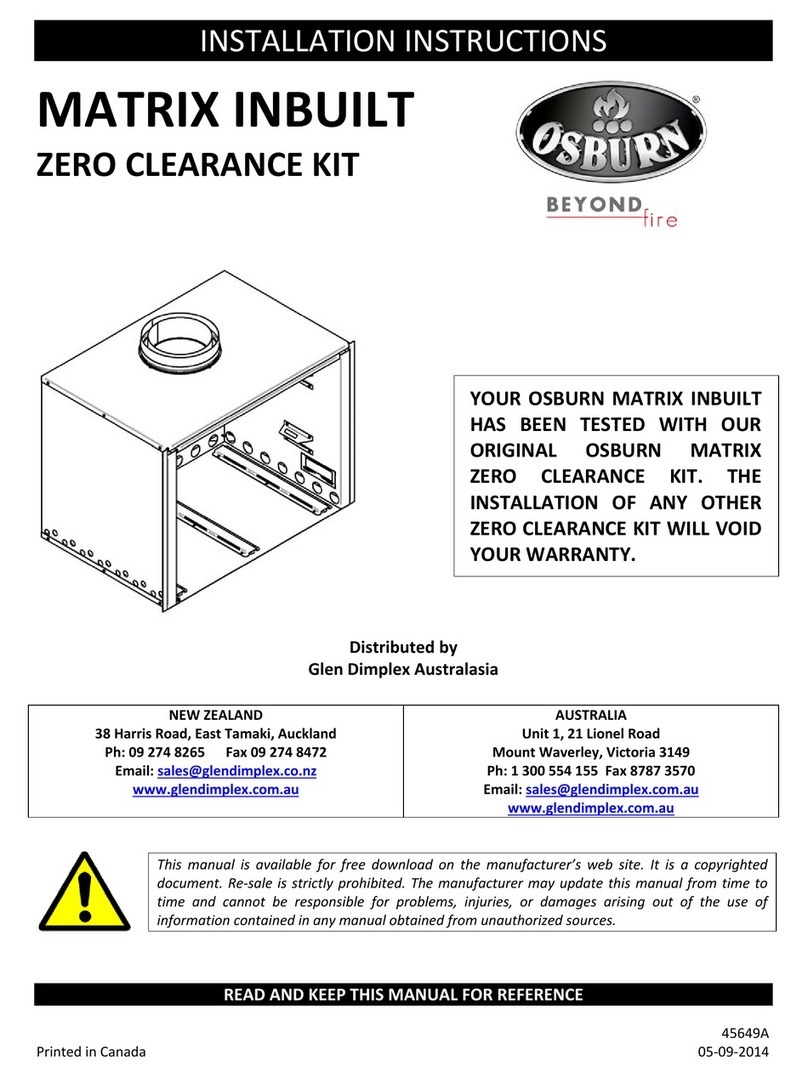
Osburn
Osburn ZERO CLEARANCE KIT installation instructions
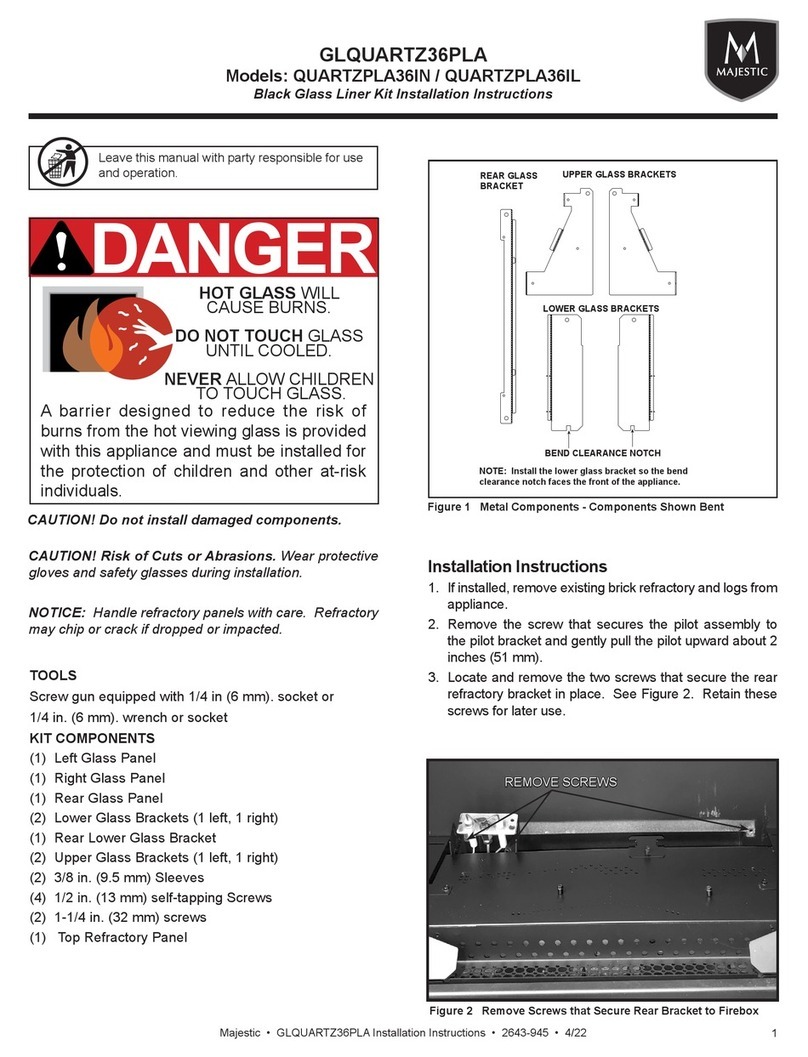
Majestic
Majestic QUARTZPLA36IN installation instructions
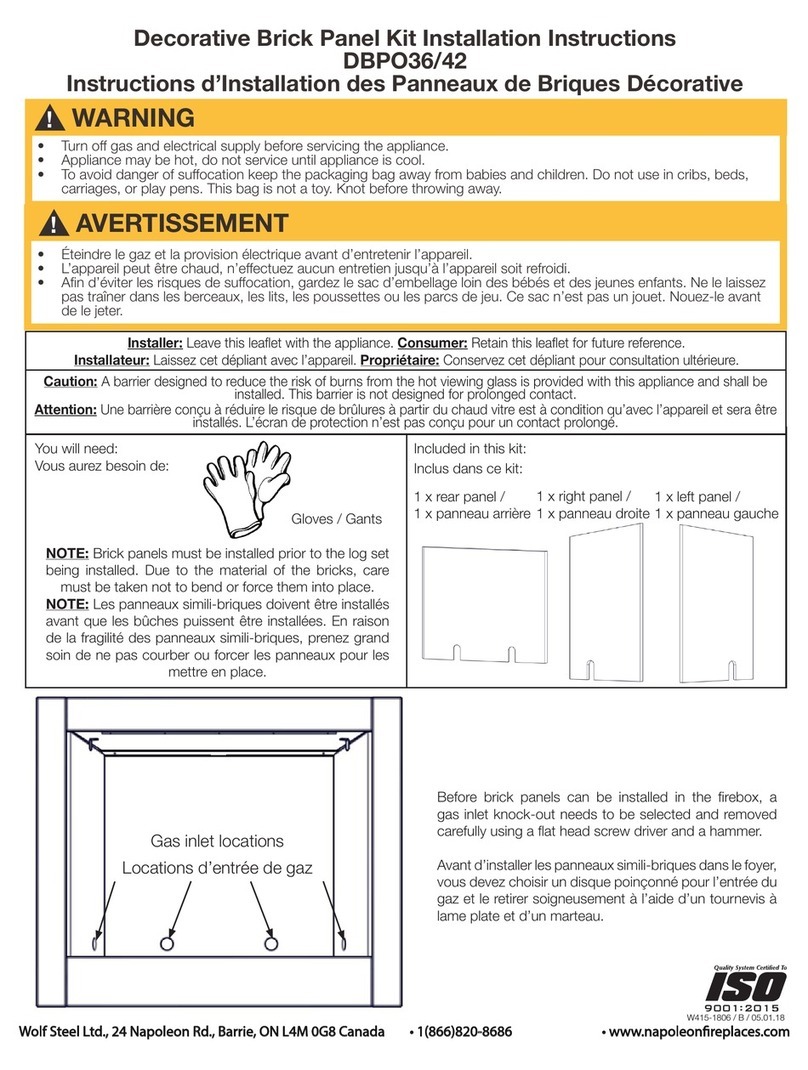
Napoleon
Napoleon DBPO36 installation instructions
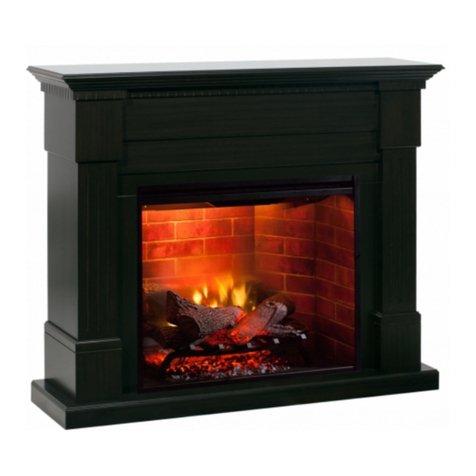
Dimplex
Dimplex SMP-130-E install guide
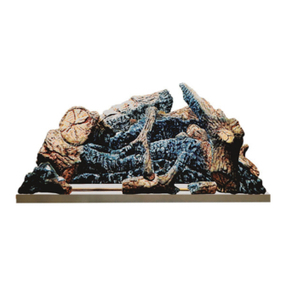
Empire Comfort Systems
Empire Comfort Systems LS50TINF installation instructions
